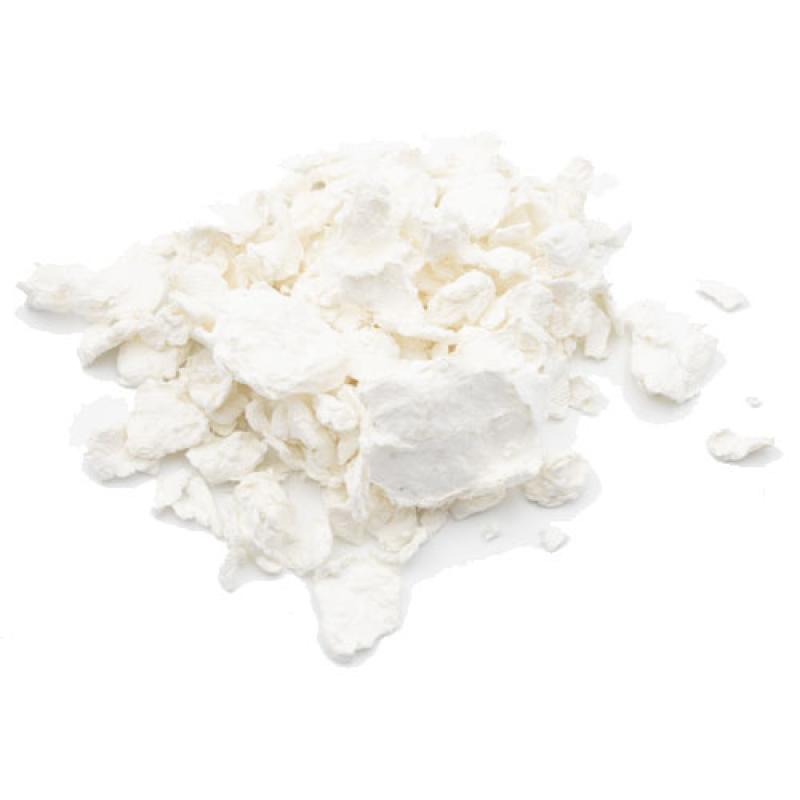Dissolving pulp, a highly purified form of cellulose, has become a critical raw material in a variety of industrial applications, ranging from textile fibers to pharmaceuticals. Its exceptional purity and reactivity make it the preferred choice for manufacturing products such as viscose rayon, cellulose acetate, and various cellulose derivatives used in food, pharmaceutical, and cosmetic industries. The rapid industrialization and growing demand for sustainable and eco-friendly products have fueled significant advancements within the dissolving pulp market, positioning it as a crucial component in the bio-based economy.
The production of dissolving pulp involves stringent processing techniques to achieve cellulose purity exceeding 90%, removing hemicellulose, lignin, and other impurities commonly found in regular pulp. This high purity is essential because it directly impacts the quality and performance of downstream products. Industries such as textile and food are increasingly relying on dissolving pulp for producing biodegradable and sustainable solutions, aligning with global trends toward environmental responsibility. The increasing awareness around the environmental impact of synthetic fibers has further accelerated the adoption of viscose and lyocell fibers derived from dissolving pulp, offering a more sustainable alternative to polyester and nylon.
Comprehensive Industrial Uses and Commercial Applications of Dissolving Pulp
Dissolving pulp serves as an indispensable raw material in diverse commercial industries. The textile sector is one of the largest consumers of this material, where dissolving pulp forms the backbone of regenerated cellulose fibers including viscose, modal, and lyocell. These fibers are widely used in clothing, upholstery, and home textiles due to their softness, breathability, and biodegradability. Additionally, dissolving pulp is instrumental in producing cellulose derivatives such as methylcellulose, carboxymethyl cellulose (CMC), and hydroxyethyl cellulose, which find extensive use in food additives, pharmaceuticals, and personal care products.
In the pharmaceutical industry, dissolving pulp is employed in the manufacture of capsules and tablets, where it acts as a binding agent and film-forming component. The food processing industry benefits from cellulose derivatives derived from dissolving pulp as stabilizers, thickeners, and emulsifiers, improving the texture and shelf life of processed foods. Furthermore, the rise in health-conscious consumers and demand for natural ingredients is driving the growth of cellulose derivative markets globally, positively impacting the dissolving pulp segment.
Understanding Detailed Insights into the Dissolving Pulp Sector
For industry stakeholders, investors, and analysts looking to understand the complex dynamics of the dissolving pulp market, detailed market research reports offer comprehensive insights into key trends, competitive landscapes, and future opportunities. These reports provide data-backed analysis on production capacities, supply chain developments, and end-use applications across geographical regions. Such in-depth market intelligence is vital for making informed decisions related to manufacturing expansions, strategic partnerships, and innovation investments within the dissolving pulp space.
Reports focused on the dissolving pulp market typically include segmentation by pulp type (kraft and sulfite), end-use verticals, and regional markets including Asia Pacific, Europe, and North America. Asia Pacific remains the dominant player in the global dissolving pulp consumption due to its booming textile manufacturing hubs and increasing exports of cellulose derivatives. Investors and businesses aiming to explore growth avenues can leverage these comprehensive insights to align their strategies with market trends shaped by raw material availability, technological advancements, and regulatory frameworks.
Transactional Insights: Evaluating Pricing Trends and Supply Chain Challenges in Dissolving Pulp Industry
The dissolving pulp industry experiences fluctuating prices influenced by raw material supply, especially wood pulp and cotton linters, as well as energy costs and environmental regulations. Volatility in raw material prices directly impacts the overall cost structure of dissolving pulp production. Additionally, supply chain disruptions, such as logistical bottlenecks and trade restrictions, have recently posed challenges for manufacturers and distributors. Understanding these transactional factors is crucial for businesses engaged in procurement, manufacturing, and distribution within the dissolving pulp market.
Manufacturers focus on optimizing supply chains to mitigate risks associated with raw material scarcity and transportation delays. Furthermore, sustainability certification and traceability of raw sources have become key commercial requirements to meet the rising demand for eco-friendly products. Buyers in textile, pharmaceutical, and food industries are increasingly seeking suppliers who comply with responsible sourcing practices, creating new transactional dynamics in the dissolving pulp ecosystem. Market participants must continuously monitor these trends to enhance cost efficiency and maintain supply stability amid evolving global trade scenarios.
Technological Innovations and Sustainability Impact on Future Dissolving Pulp Production
Sustainability and technological advancements are reshaping dissolving pulp manufacturing processes. Innovations in pulp processing technologies, such as improved bleaching techniques and enzymatic treatments, have enhanced cellulose purity while reducing environmental footprints. The incorporation of biorefinery concepts allows for the valorization of by-products and waste minimization, aligning with circular economy principles. Green solvents and closed-loop water systems are increasingly integrated into production facilities to meet stricter environmental regulations and reduce operational costs.
Sustainable sourcing of raw materials, particularly from certified sustainably managed forests and agricultural residues, is gaining prominence. This not only assures environmental compliance but also appeals to end consumers who prioritize ethically produced goods. The rising adoption of biodegradable fibers from dissolving pulp in textile and packaging applications further stimulates demand for sustainable pulp production methods. Consequently, the intertwining of technology and ecology will continue to define the strategic direction of the dissolving pulp industry, influencing product innovation and market penetration on a global scale.
Get this Report in Japanese Language: 溶解パルプ市場
Get this Report in Korean Language: 용해 펄프 시장
Read More Articles Related to this Industry: Innovative Materials Used in Sleeve Labels for Better Durability
About Author:
Money Singh is a seasoned content writer with over four years of experience in the market research sector. Her expertise spans various industries, including food and beverages, biotechnology, chemical and materials, defense and aerospace, consumer goods, etc. (https://www.linkedin.com/in/money-singh-590844163)
